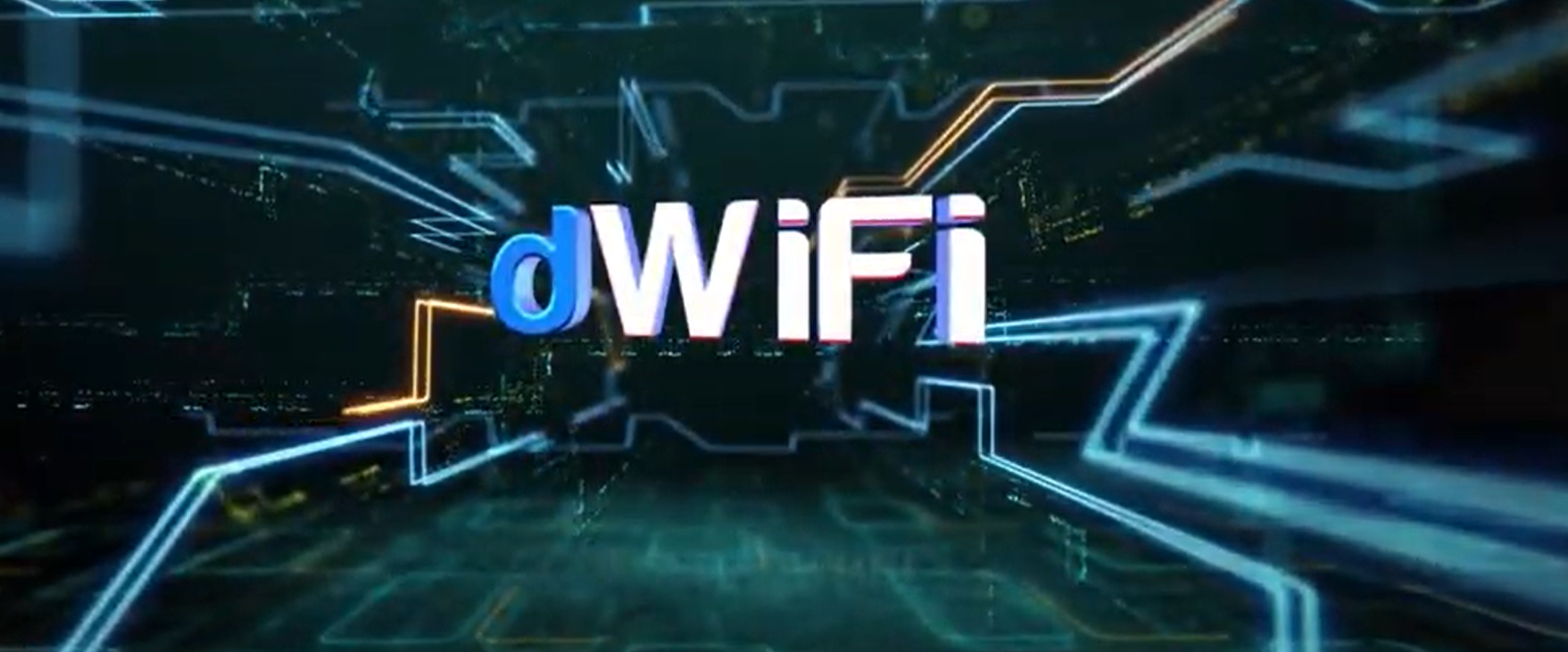We discuss the following topics in this blog:
- Demand for high-speed connectivity
- dWiFi: Full-stack end to end WiFi revolution for CSPs
In addition to these topics, we shall also be answering the following FAQs:
- What is WiFi?
- What is an Optical Fibre Cable?

Contents
Wi-Fi Technology
Wi-Fi is short form for Wireless Fidelity. It is a technology that uses radio waves and creates a wireless network. Computers, printers, IoT devices, mobile phones are connected to the internet by using a router. Most commonly used radio band is the 2.4 gigahertz (120 mm) UHF and 5 gigahertz (60 mm) SHF. These wave bands are relatively high absorption and work best in line-of-sight use.
Is the Demand For High-Speed Connectivity on the Rise?
The world today is getting connected at an incredible pace. Demand for seamless in high speed connectivity, both indoors and outdoors is growing exponentially. Increasingly WiFi hotspots are becoming the first choice for network access. Even cities across the globe are set to become smart with ubiquitous WiFi connectivity. Next-generation WiFi technologies like WiFi 6 and 6A Hs 2.0 and open roaming or not only promising improved coverage and user experience but also seamless connectivity on the go.
STL’s Revolutionary Wifi Solution: dWiFi
STL brings you d WiFi, the full stack end to end WiFi revolution for CSP’s. It brings superior experience at lower costs, attract and retain customers explore umpteen monetization opportunities with the WiFi power pack. your infrastructure to enhance coverage, achieve extremely high throughput for highly dense environment transition seamlessly with smart and intelligent selection of networks giving the best connectivity to your customers.
With secure access and authentication and inbuilt AI-powered context and location based personalization. d WiFi unlocks the limitless potential of next-gen WiFi technologies to cater to today’s demanding digital world. With d WiFi leverage carrier grade WiFi is an integral part of your larger network services.
Improve spectral efficiency and offer bundled plans, gear up and meet the dramatic demand for connectivity with the d WiFi WiFi 6 is here. 5G will converge soon to power a high-speed future. Be ready for the hyper digital world, prepare for the connected future today with our solutions designed for tomorrow .
FAQs
What is WiFi?
Put simply, WiFi is a technology that uses radio waves to create a wireless network through which devices like mobile phones, computers, printers, etc., connect to the internet. A wireless router is needed to establish a WiFi hotspot that people in its vicinity may use to access internet services. You’re sure to have encountered such a WiFi hotspot in houses, offices, restaurants, etc.
To get a little more technical, WiFi works by enabling a Wireless Local Area Network or WLAN that allows devices connected to it to exchange signals with the internet via a router. The frequencies of these signals are either 2.4 GHz or 5 GHz bandwidths. These frequencies are much higher than those transmitted to or by radios, mobile phones, and televisions since WiFi signals need to carry significantly higher amounts of data. The networking standards are variants of 802.11, of which there are several (802.11a, 802.11b, 801.11g, etc.).
What is an Optical Fibre Cable?
An optical fibre cable is a cable type that has a few to hundreds of optical fibres bundled together within a protective plastic coating. They help carry digital data in the form of light pulses across large distances at faster speeds. For this, they need to be installed or deployed either underground or aerially. Standalone fibres cannot be buried or hanged so fibres are bunched together as cables for the transmission of data. This is done to protect the fibre from stress, moisture, temperature changes and other externalities.
There are three main components of a optical fibre cable, core (It carries the light and is made of pure silicon dioxide (SiO2) with dopants such as germania, phosphorous pentoxide, or alumina to raise the refractive index; Typical glass cores range from as small as 3.7um up to 200um), Cladding (Cladding surrounds the core and has a lower refractive index than the core, it is also made from the same material as the core; 1% refractive index difference is maintained between the core and cladding; Two commonly used diameters are 125µm and 140µm) and Coating (Protective layer that absorbs shocks, physical damage and moisture; The outside diameter of the coating is typically either 250µm or 500µm; Commonly used material for coatings are acrylate,Silicone, carbon, and polyimide).
An optical fibre cable is made up of the following components: Optical fibres – ranging from one to many. Buffer tubes (with different settings), for protection and cushioning of the fibre. Water protection in the tubes – wet or dry. A central strength member (CSM) is the backbone of all cables. Armoured tapes for stranding to bunch the buffer tubes and strength members together. Sheathing or final covering to provide further protection.
The five main reasons that make this technology innovation disruptive are fast communication speed, infinite bandwidth & capacity, low interference, high tensile strength and secure communication. The major usescases of optical fibre cables include intenet connectivity, computer networking, surgery & dentistry, automotive industry, telephony, lighting & decorations, mechanical inspections, cable television, military applications and space.














